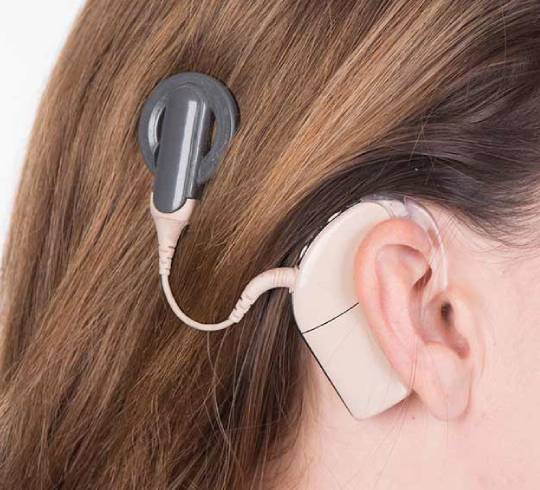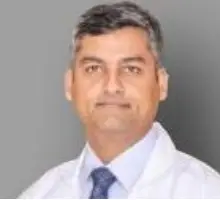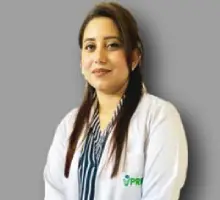Just type the specialty and our website will show the top rated list of Doctors and Hospitals.
By clicking on a particular doctor or hospital, you will have access to their profile which has been carefully verified by our team.
Send your medical condition and reports with the details of your preferred destination or doctor and you will receive a prompt reply with all necessary details and cost of treatment.
Otolaryngologists are specially trained to perform delicate surgeries near vital nerves and muscles in the head, neck, and face. Otologists/neurotologists complete two years of training in addition to their ENT education, and specialize in treating complicated ear disorders and performing intricate ear surgeries. Together with audiologists, vestibular specialists, neurologists, neurosurgeons, and other specialists, Primus ear experts provide high-quality ear care.
From testing to surgical techniques, our experts use specialized tools to increase accuracy and reduce risk. Because ear structures are very small and difficult to see with the naked eye, our surgeons use powerful operating microscopes that allow them to see things in minute detail.
We use electrophysiologic measures to monitor the integrity of the brain, spinal cord, or peripheral nerves during surgery. This helps reduce the risk of surgical complications.


The Ear, Nose and Throat (ENT) Center at Primus International Super Speciality Hospital brings together otolaryngologists, audiologists and speech therapists in a center specially designed for the diagnosis and treatment of conditions related to the ear, nose and throat with emphasis of Cochlear Implant Services for total deafness.
Without proper treatment, ear diseases can cause long-term and debilitating problems, including infection, hearing loss, vertigo (dizziness), and facial paralysis or weakness. Primus ear, nose, and throat (ENT) doctors (also called otolaryngologists) and specialty trained otologists/neurotologists diagnose and treat the underlying causes of these issues.
The Primus ENT and Cochlear Center provides the medical, technical, and rehabilitative resources to enhance our patients connection with words and language, and to make their lives simplier, through Cochlear Implants that are small, electronic devices which provide awareness and understanding of sound so that they can aslo enjoy the benefits of hearing.
When we talk about a cochlear implant we are actually referring to a system of technologies that process and transmit information.








An individual or a family might consider a cochlear implant to address any of a number of concerns. Whether it is a family goal for a child born deaf to develop verbal language, a parent with progressive hearing loss who wishes to monitor the safety and speech of their hearing child, or a grandparent with advanced hearing loss who desires to hear the voices of younger generations, the motivations for restoring hearing vary widely. Facilities



Ear disease can range from simple to complex. For example, most ear infections get better on their own or with antibiotics. For chronic ear infections or other ear conditions, your doctor may suggest making lifestyle changes, trying decongestant medications, and treating contributing allergy or sinus disorders. If these dont help or for more severe issues, your doctor may suggest surgery. Depending on their complexity, ear surgeries can be performed either through the ear canal or through a hidden incision behind the ear.
Small tubes are surgically placed in the eardrum to allow fluid to drain from the middle ear, create a pathway for air to move freely, and prevent fluid buildup behind the eardrum. In adults, this routine procedure takes only 15 to 20 minutes and can be performed in your doctor office with just local anesthesia. Recovery only takes a day. Ear tubes typically fall out on their own within six to 12 months, although some may need to be surgically removed. If problems persist, the tubes may need to be replaced.
Your eardrum can burst or tear due to severe ear infection, being poked with a foreign object, a dramatic and sudden change in air pressure, head trauma, or a loud noise. If this happens, your surgeon can repair the damage and rebuild the eardrum using a graft of skin or tissue from another part of your ear. Recovery time depends on the complexity of the surgery and can range from three weeks to six months.
Your surgeon may perform this procedure along with a tympanoplasty if a cholesteatoma develops in the eardrum or middle ear. A cholesteatoma is a benign mass that if left untreated can damage your hearing and the mastoid bone that helps regulate air pressure inside the ear. Your surgeon will remove diseased portions of the mastoid bone as well as the cholesteatoma. The entire procedure lasts from two to four hours and requires general anesthesia. You may need to limit your activity for about a week afterward. Surgery for severe cases or repeat procedures should be performed by otologists/neurotologists.


Eustachian tubes are the main connection between the back of the throat and the middle of the ear. Normally, the tubes fill with air and open when yawning or chewing, allowing you to equalize pressure in your ears. Narrowed or blocked eustachian tubes may be widened using a relatively new treatment option called the Aera System. A small balloon is inserted into the eustachian tube and inflated by your surgeon, opening the passageway. Then the balloon is deflated and removed. You will likely notice results within a couple of days. This short procedure is usually done with general anesthesia, and it reduces the need for future surgeries.
The stapes bone conducts sound vibrations to the inner ear. When an abnormal growth, called an otosclerosis, develops on the stapes bone, your surgeon may remove and replace it with a prosthetic bone to restore your hearing. The one-hour procedure can be performed through the ear canal with local or general anesthesia.

Head Of Department - ENT

Consultant in the Department of ENT


Book an appointment with one of our specialists today and live a pain-free and healthy life
